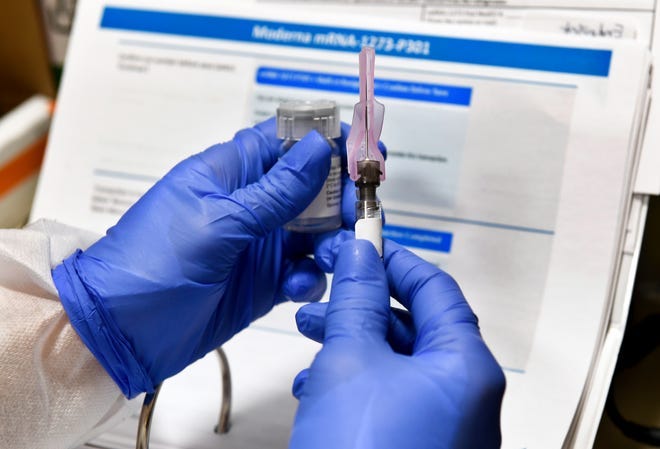
The reactogenicity and adverse event profile observed after the booster dose was generally similar to that observed following dose 2 of the initial 2-dose regimen, which suggests no potentiation of reactogenicity or any new safety signals arising from administration of a third dose. If a person has a severe allergic reaction after getting a shot of an mRNA COVID-19 vaccine (either Pfizer-BioNTech or Moderna), that person should not get another shot of that vaccine. Anaphylaxis is treatable if recognized early and treated promptly.

These cases have been seen mostly in younger men within. However, this reaction after the first dose is not a contraindication for the administration of the second dose.Ĭases of anaphylaxis to the mRNA COVID-19 vaccines are very rare - currently estimated to occur in 2.5 to 11.1 cases per 1 million doses, largely in individuals with a history of allergy. Rare cases of inflammation of the heart (called myocarditis or pericarditis) have been reported after Pfizer and Moderna COVID-19 vaccines. They usually resolve in about 5 days, but in some cases they can persist up to 21 days. Fever is a common reaction following the second dose of an mRNA vaccine (Pfizer or Moderna). This reaction may appear earlier after administration of the second dose.
After effects of covid vaccine moderna skin#
Myocarditis and pericarditis are mild in most cases and resolve with treatment and rest.ĭelayed skin reactions near the injection site have also been described, which occur about 7 days (between 2 and 12 days) after receiving the vaccine and have been described as oedematous, pruritic, and painful plaques. These cases occurred mainly in the 14 days following vaccination, with greater frequency after the second dose of vaccination, and more commonly in younger men. In addition, very rare cases of myocarditis and pericarditis (inflammation of the heart muscle or membrane around the heart) have been observed. These reactions are more common after the second dose and their frequency decreases with age.

These reactions are mostly mild or moderate and transient, disappearing a few days after vaccination. The most common side effects are pain at the injection site (92%), fatigue (70%), headache (64.7%), myalgias (muscle pain) (61.5%), arthralgias (joint stiffness) (46.4%), chills (45.4%), nausea/vomiting (23%), fever (15.5%) and swelling at the injection site (14.7%). How do the reactions to the different Covid-19 vaccines differ Side effects across the Moderna, Pfizer and Johnson & Johnson vaccines are very.


 0 kommentar(er)
0 kommentar(er)
